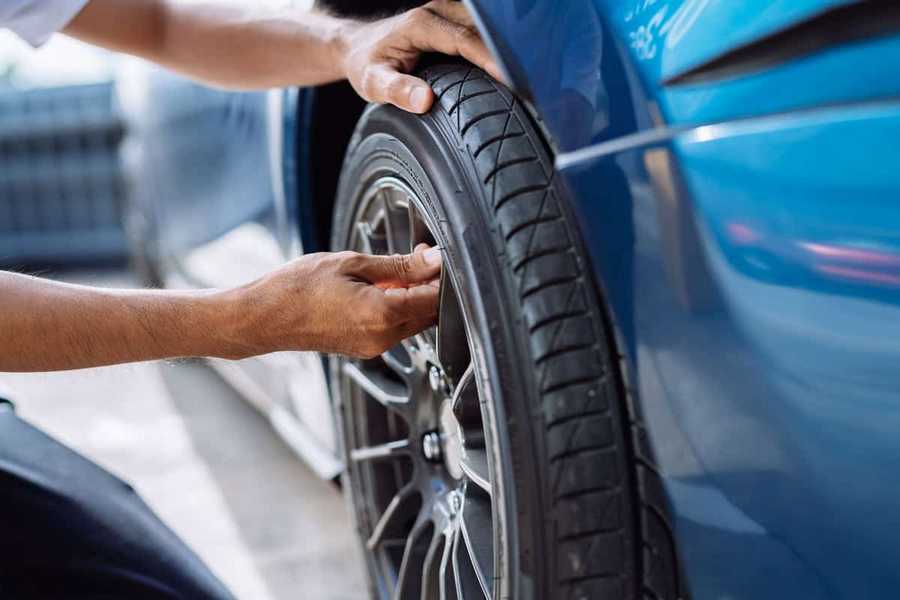Before starting a lengthy drive, checking your car’s tires and other important components is important to ensure a safe and comfortable trip. Regular maintenance and thorough inspections can shield against issues and provide travelers peace of mind. This blog will review the key components and explain why it is crucial to check tire in UAE before beginning a protracted voyage.
Tires
Use a reliable pressure gauge to check the tire pressure. Properly inflated tires guarantee excellent handling, fuel economy, and general safety. The appropriate tire pressure can be found inside the driver’s door jamb or in your car’s handbook. Look for bulges, uneven tread depth, or other symptoms of wear on the tires since they may point to the need for replacement. If necessary, rotate the tires, and make sure they have enough tread for safe driving, especially in slick or rainy circumstances.
Extra Tire
Make sure your spare tire is in good shape and is filled correctly. Verify the tread is suitable, look for any obvious deterioration like cracks, and inspect for any damage. Ensure you have the equipment, including a jack and lug wrench, to change the tire if necessary.
Brakes
For driving safety, the braking system is essential. To ensure your brakes are in good operating order, have them tested by a skilled mechanic. While braking, keep an ear out for odd noises, such as squeaking or grinding. If you notice any problems or has been a while since your last brake repair, make an appointment for a professional inspection and any required maintenance.
Fluid Volumes
Check the levels of all the fluids in your automobile, such as the brake fluid, power steering fluid, and engine oil. Low or contaminated fluid levels could harm the engine, cause it to overheat, or impair visibility. To properly operate your car’s systems, top off or refill fluids.
Lights
All exterior lights, including the headlights, taillights, turn signals, brake lights, and hazard lights, should be tested for proper operation. When driving at night or in bad weather, adequate illumination is required for vision and to convey your intentions to other vehicles. Replace any burned-out or dim bulbs immediately.
Battery
Look for rust or lose connections in your automobile battery. Make sure the connection is secure and clean the terminals if necessary. To prevent unplanned breakdowns when traveling, consider having your battery inspected or replaced if it is old or exhibiting signs of frailty.
Wipes And Washer Liquid
As soon as you see any wear or streaks on the windshield, check the condition of your wipers and replace them. Ensure the washer fluid reservoir is full because having a clear view while driving depends on it.
Hoses And Belts
Examine the belts and hoses underneath the hood for signs of wear, cracks, or leaks. While faulty belts might lead to engine issues, damaged hoses can result in coolant leakage or overheating. Any parts that show wear and tear or aging need to be replaced.
Medical Kit
For your emergency kit, gather a first aid kit, a flashlight, jumper cables, a tyre pressure gauge, simple tools, reflective warning triangles, and a portable phone charger. In the event of unforeseen circumstances or malfunctions, this kit may be of great value. Lower the likelihood of running into mechanical issues or safety dangers throughout your trip by thoroughly inspecting these important components before starting a long drive. Regular upkeep and preventative inspections increase your safety and make driving more fun and stress-free. Remember to ask a qualified technician for advice and assistance if you require further explanation on any inspection area; you can also get a mobile tire shop to do a check.

